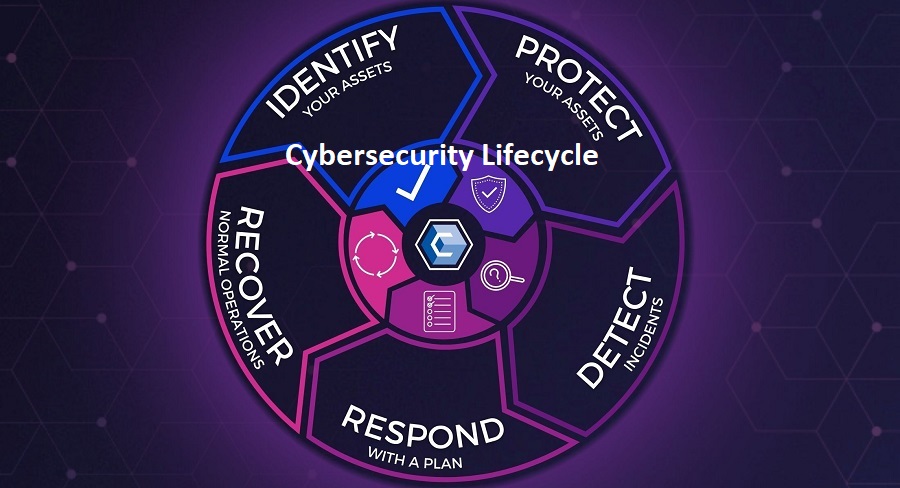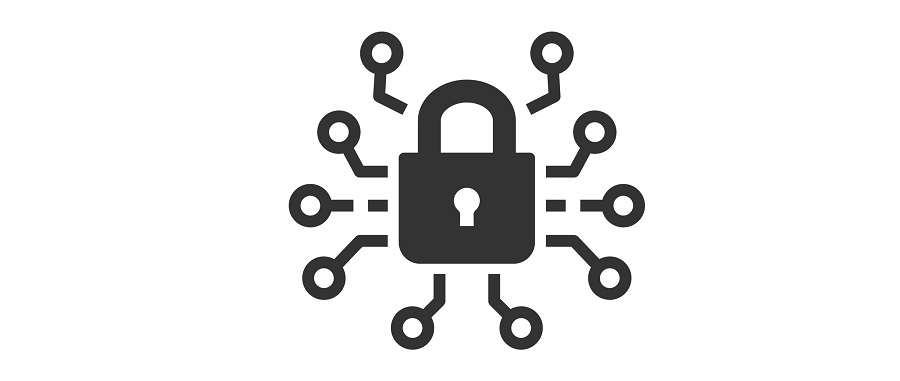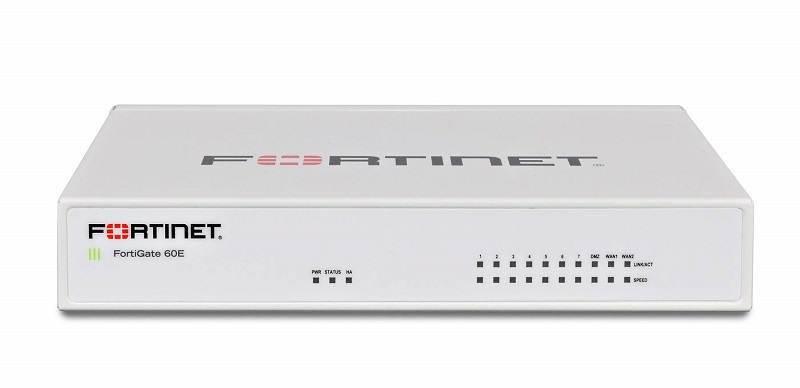Cybersecurity in the era of Remote Work
With the COVID-19 pandemic forcing many organizations to adopt remote work, the importance of cybersecurity has only increased. As employees access company data and networks from their homes or other remote locations, the risk of cyberattacks has also increased. In this article, we will explore some of the challenges of cybersecurity in the age of remote work and what organizations can do to mitigate those risks.

Challenges of Cybersecurity in Remote Work
- One of the biggest challenges of cybersecurity in remote work is the increased vulnerability of home networks. While companies typically have robust security measures in place to protect their networks, employees’ home networks may not have the same level of protection. This can make it easier for cybercriminals to gain access to sensitive information or infect devices with malware.
- Another challenge is the use of personal devices for work purposes. With remote work, employees may use their personal computers or mobile devices to access company data or networks. This creates a risk of data theft or malware infection if the device is compromised or lost.
- Finally, the lack of face-to-face communication can make it more difficult to identify and prevent cyberattacks. In a traditional office environment, employees can easily report suspicious activity or ask for help. In a remote work environment, employees may not have the same level of interaction, making it harder to detect and respond to cyber threats.
See more: Unpatched SonicWall SMA devices targeted by Chinese hackers
Mitigating Cybersecurity Risks in Remote Work
Despite the challenges, there are several steps that organizations can take to mitigate cybersecurity risks in remote work. Here are some best practices:
- Provide cybersecurity training: Organizations should provide regular cybersecurity training to all employees to educate them on the risks and best practices for remote work.
- Use secure remote access: Organizations should use secure virtual private networks (VPNs) or other secure remote access methods to ensure that employees can access company data and networks securely.
- Implement multi-factor authentication: multi-factor authentication can add an extra layer of security to prevent unauthorized access to company data or networks.
- Monitor network activity: Organizations should monitor network activity for suspicious behaviour and have a plan in place for responding to potential cyber threats.
- Use secure communication tools: Employees should use secure communication tools for sensitive conversations, such as end-to-end encrypted messaging apps or video conferencing tools.
See more: Delhi Police collaborates with Truecaller to combat cyber fraud
Cybersecurity is a critical concern in the age of remote work. Organizations must take steps to mitigate the risks of cyberattacks and protect sensitive data and networks. By providing cybersecurity training, using secure remote access, implementing multi-factor authentication, monitoring network activity, and using secure communication tools, organizations can enhance their cybersecurity in the age of remote work.
Author: Utkarsh Mathur
We hope you found article interesting. For more exclusive content follow us on Facebook, Twitter and LinkedIn






